Struggling to choose between air & sea freight for your international shipments? You’re not alone. With global trade hitting a record $33 trillion in 2024, the pressure on businesses to move goods faster, cheaper, and more sustainably is at an all-time high. And when margins are tight, choosing the wrong freight option can mean missed deadlines, higher costs, or a bigger carbon footprint than you bargained for.
Whether you’re exporting high-value electronics that need to arrive in days or bulk textile goods where every dollar counts, the decision between air & sea freight isn’t as straightforward as it seems. It’s a balancing act, one that hinges on cost, speed, volume, and even your carbon footprint. In this blog, we break down the key differences between air & sea freight, helping you make smarter, more informed shipping choices that align with your business goals and customer expectations.
Air Freight: The Fast, Secure Option for Time-Sensitive Shipments
Air freight is often the first choice for businesses needing speed and reliability. Thanks to frequent flights and advanced tracking technologies, air cargo can move products around the world within just a few days.
When to Choose Air Freight
- Urgency: Perishable goods like fresh produce, flowers, or pharmaceuticals need fast transit to maintain quality. Due to tight delivery windows, medical supplies and emergency equipment often rely on air freight.
- High-value products: Air freight offers careful handling and fewer transfers, which is beneficial for electronics, luxury goods, and fragile items.
- Smaller shipments: Air freight works best for lightweight or compact cargo because costs rise sharply with size and weight.
Air freight’s security advantages also make it attractive. With fewer stops, enhanced tracking, and airport security measures, your shipment faces a lower risk of damage or theft. This is why many e-commerce businesses rely on air freight to meet customer expectations for rapid delivery.
Sea Freight: The Cost-Effective Backbone of Global Trade
Air freight is fast but best suited for small shipments. Sea freight, on the other hand, is slower but more efficient for transporting large and heavy goods. In fact, over 80% of global trade by volume is shipped by sea because it is much more cost-effective than air freight.
When to Choose Sea Freight
- Bulk shipments: Heavy machinery, raw materials, pallets of consumer goods, and industrial components move most economically by sea.
- Cost sensitivity: For non-urgent goods where price savings are a priority, sea freight drastically lowers your per-unit shipping cost.
- Large volumes: Full Container Load (FCL) and Less-than-Container Load (LCL) options let you tailor your shipment size and budget.
Transit times for sea freight vary widely from 20 to 45 days, depending on the shipping route, port efficiency, and customs clearance. While slower, sea freight is very reliable for planned inventory replenishment and bulk exports.
Example: Exporters shipping from India to the USA benefit from instant, transparent FCL quotes, helping them budget accurately and avoid hidden fees.
Suggested Read: Get Instant FCL Shipping Quotes From India to USA
How to Evaluate Your Shipping Needs: Cost, Speed, and Size
Choosing between air & sea freight isn’t just about picking the cheaper or faster option. Instead, consider your shipments:
- Size and Weight: Air freight pricing depends heavily on the shipment’s weight and volume, which makes it costly for bulky or heavy cargo. Sea freight pricing is based on container size (20ft or 40ft containers for FCL) or volume for LCL shipments, allowing significant savings on large shipments.
- Delivery Urgency: If your supply chain demands shipments within days, air freight is your best bet. But if you can plan inventory weeks or months ahead, sea freight will save you money.
- Destination and Accessibility: Some locations, especially inland or remote ones, require a multi-modal approach. Air freight to a nearby hub, combined with domestic trucking or warehousing solutions, ensures timely last-mile delivery.
Pro Tip: Use Intoglo’s USA Export Navigator to check port maps, sailing schedules, and public holidays to plan your shipment efficiently and avoid delays.
Comparing Costs: Why Speed Comes at a Price
Cost is usually the first thing businesses think about when picking a shipping method, and that makes sense. If you’re moving goods often or in big volumes, it adds up fast. But it’s not just about how much you spend, it’s about what you get for that money, whether it’s faster delivery, more space, or easier logistics. Here’s how the two stack up:
1. Air Freight Cost Breakdown
Air freight offers speed and precision, but it comes at a premium. Here’s why:
- Higher operating costs: Airlines face steep expenses for fuel, security, airport fees, and expedited handling.
- Dimensional weight pricing: Charges are calculated by actual or volumetric weight (whichever is higher), making bulky but light items expensive to ship.
- Limited space and high demand: Priority comes at a price, and airlines charge accordingly, especially during peak seasons.
When it makes sense: Air freight costs are justified for high-value, time-sensitive shipments where delays could cost more than the freight itself.
2. Sea Freight Cost Breakdown
Sea freight is the go-to for cost efficiency, especially when moving large quantities of goods. Here’s how pricing typically works:
- Container-based pricing: For Full Container Load (FCL) shipments, you’re paying for a whole container (20ft or 40ft), regardless of whether it’s full.
- Volume-based rates for LCL: Less than Container Load (LCL) shipments are charged by cubic meter (CBM), making it ideal for smaller, non-urgent shipments.
- Lower per-unit cost: Spreading costs across large volumes brings the per-item rate down significantly.
Best for: Businesses with flexible timelines and high-volume shipments looking to optimize logistics spend without sacrificing reliability.
Other Factors That Influence Cost
Beyond just dollars and cents, the freight mode you choose also affects how quickly your goods arrive, how dependable your shipping is, and how sustainable your operations are. Here’s how air & sea freight compare in these key areas:
1. Speed
- Air Freight: The fastest option, with delivery times of 1 to 5 days internationally. Perfect for urgent or time-sensitive goods like electronics or medical supplies.
- Sea Freight: Much slower, typically taking 20 to 45 days depending on origin, route, and port processing times. Suitable for non-urgent, high-volume shipments.
2. Reliability
- Air Freight: Offers more consistent scheduling thanks to frequent flights on major trade lanes. While weather can cause delays, disruptions are usually minor and manageable.
- Sea Freight: Reliable for planned shipments but requires more flexibility. Port congestion, customs delays, and vessel schedules can affect transit times.
3. Environmental Impact
- Air Freight: Has a significantly larger carbon footprint. Aircraft emit far more CO₂ per kilogram of cargo than ships, making this the least eco-friendly option.
- Sea Freight: A more sustainable choice, especially for bulk loads. Ships move large quantities of goods with far lower emissions per unit.
If your business tracks its carbon footprint, use Intoglo’s Carbon Emissions Calculator to compare the environmental cost of each shipping method and align your logistics with sustainability goals.
Air freight offers speed and reliability at a higher cost and environmental impact. Sea freight is more affordable and eco-friendly, but requires more time and planning. Choosing the right method means balancing your budget, delivery needs, and sustainability goals to fit your unique shipment.
Choosing Between Air Freight and Sea Freight
Deciding whether to ship by air or sea depends largely on your shipment’s specific needs. Each method has clear advantages that suit different types of cargo, timelines, and budgets. Let’s break down when each option works best and how combining them can create the perfect balance.
When Air Freight Is the Best Choice
Air freight shines in situations where speed and security matter most. It’s ideal if:
- Time is critical: You need your shipment delivered within days, not weeks.
- Shipping high-value, lightweight products: Think electronics, medical supplies, or urgent e-commerce orders.
- Security and reliability are top priorities: Fewer handling points mean lower risk of damage or theft.
When Sea Freight Makes More Sense
Sea freight is the go-to for cost-effective shipping of large volumes. It’s best suited when:
- Shipping heavy or bulky goods: Ideal for raw materials, machinery, and palletized products.
- Cost savings outweigh speed: If you can plan ahead, sea freight offers significant reductions in shipping costs.
- Destination accessible by major ports: Efficient port infrastructure supports smooth sea shipments.
How to Evaluate Your Shipment Needs
Many businesses opt for a hybrid approach, using air freight for urgent or high-value items and sea freight for the bulk of their shipment. This strategy helps you balance speed with cost, giving you greater flexibility and control over your supply chain. Understanding product classifications also helps optimize shipping plans.
Suggested Read: Footwear HS Code Guide for Import and Export
Helpful Tools to Simplify Your Shipping Process
Navigating international logistics can be complex, but leveraging the right digital tools makes it easier:
- Ocean Freight to USA: Streamlined booking and tracking for sea shipments.
- Warehousing in the USA: Advanced warehousing solutions for inventory management and last-mile fulfillment.
- HS Code Scanner and Lookup: Quickly identify product codes and applicable tariffs to avoid customs delays.
- Amazon FBA Shipments: Effortless FBA shipping from India with streamlined sea freight, expert customs handling, and dedicated support tailored to Amazon sellers.
Whether you’re exporting peanuts, apparel, or electronics, these tools help you avoid common pitfalls and reduce costly delays. If you’re looking for reliable, sea-based logistics solutions like streamlined booking, tracking, warehousing, and customs support, Intoglo can be a great fit for you. Specializing in ocean freight to the USA, Intoglo makes managing your sea shipments simple and efficient.
Conclusion
Choosing between air & sea freight is a strategic decision that affects your entire supply chain’s efficiency and sustainability. By carefully evaluating your shipment’s urgency, volume, destination, and environmental impact, you can select the mode that best supports your business goals.
Integrating hybrid shipping models, warehousing solutions, and digital tools enables greater flexibility and cost savings, keeping you competitive in today’s fast-paced global trade environment.
Need help navigating US ports, export timelines, or HS codes? Let’s work together. Start with our USA Export Navigator and use our handy document templates to ensure smooth compliance and maximize your cost efficiency every step of the way. Get a quote.
FAQs
1. Which is cheaper: air freight or sea freight?
Sea freight is generally more cost-effective for large or heavy shipments, while air freight tends to be more expensive but faster and better for small, high-value goods.
2. How long does air freight take compared to sea freight?
Air freight usually delivers within 1 to 5 days internationally. Sea freight can take anywhere from 20 to 45 days depending on the route and port operations.
3. Can I ship hazardous materials by air or sea?
Both modes have strict regulations for hazardous materials. Air freight restrictions are tighter due to safety concerns. Always check with your freight provider and comply with international guidelines.
4. What factors should I consider when choosing between air & sea freight?
Key factors include shipment size and weight, delivery urgency, budget, destination accessibility, and environmental impact.
5. Is it possible to combine air & sea freight?
Yes! Many businesses use a hybrid approach, shipping urgent or valuable items by air and the rest by sea to balance cost and speed.


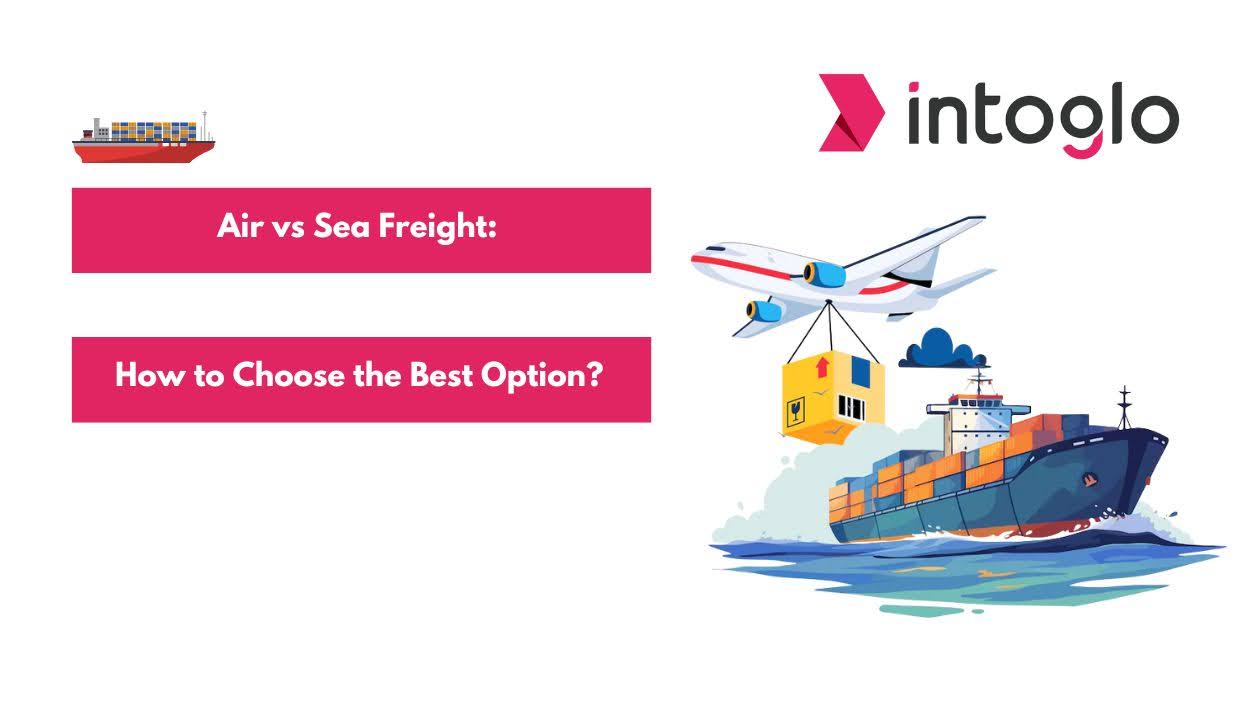
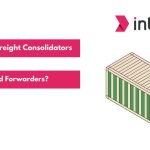

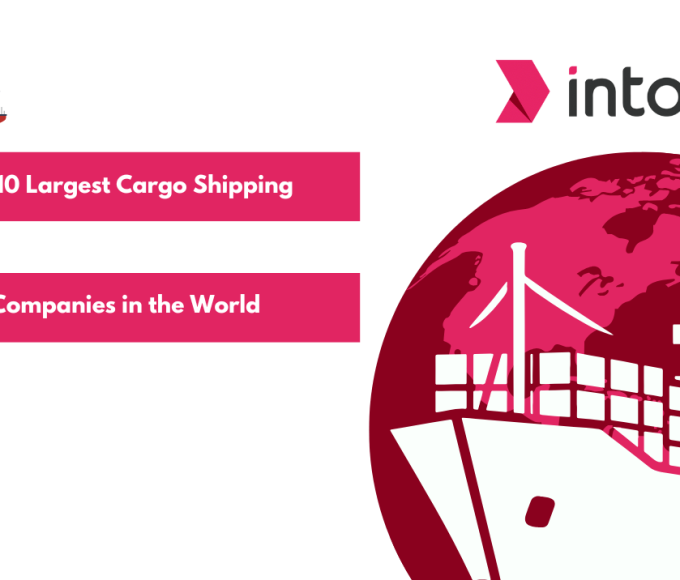
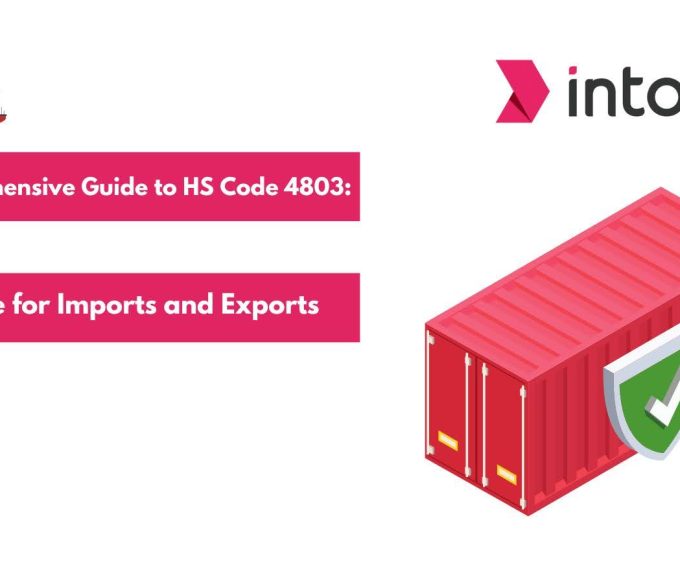
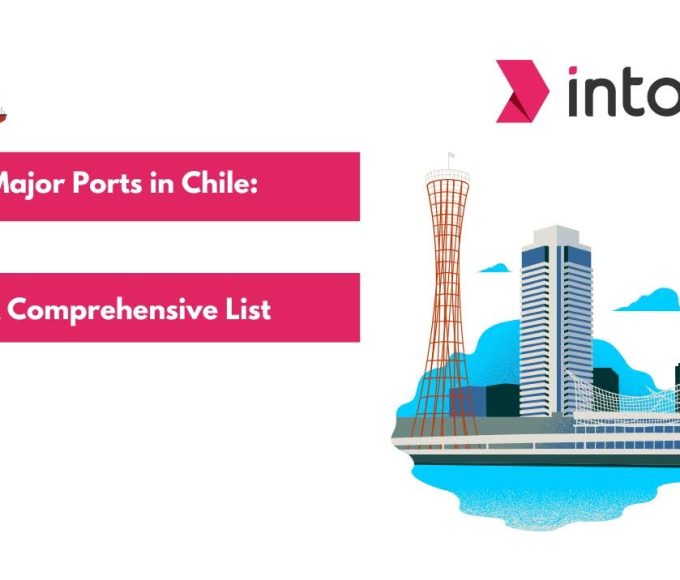
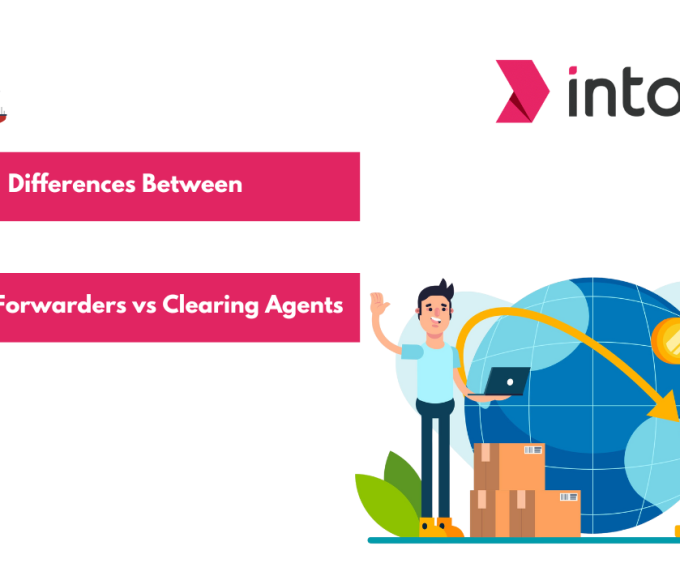
Leave a comment